Comprehensive School Health
Comprehensive School Health (CSH) is a way to link health and education within the school setting. It is an internationally-recognized framework for building a healthy school community by supporting improvements in students' educational outcomes while addressing school health in a planned, integrated and holistic way.(1)
This page outlines what CSH is and contains external resources that support a CSH approach. Please note that we do not control the content of or maintain these links. Should you come across a broken link or incorrect content, click here to let us know.
The whole-school model of CSH builds capacity to incorporate well-being as an essential aspect of student achievement. Actions address four distinct but inter-related components that comprise a comprehensive school health framework:
Teaching and Learning
Teaching and learning encompasses formal and informal curriculum, resources and associated activities. It means the knowledge, understanding and skills for school communities to improve their health and enhance learning outcomes. Professional Development opportunities for staff related to health and well-being would fall under this component.
Below are some general resources to support teaching and learning:
- Health and Life Skills Program of Study (Alberta Education) — This link provides information about what students are expected to understand within the Health and Life Skills Program of Studies.
- K-12 Wellness Education Framework (Alberta Education) — This document highlights the purpose of a comprehensive school health framework in Alberta Schools as it relates to wellness education.
- Nutrition Resource Kits: Curriculum-based Lesson Plans (Alberta Health Services) — These lesson plans meet Alberta Education's Health and Life Skills Curriculum Outcomes for Kindergarten to Grade 9. Each plan includes background information for teachers and student activities for topics which include nutrition, physical activity and body image, among many other health topics.
- Provincial Teacher Resource List (Alberta Health Services) — This list of resources supports schools in implementing a comprehensive school health framework in the classroom.
- Action Schools BC Website (Action Schools BC) — Action Schools BC supports the development of healthy school communities. Their website includes written content that can be used in implementing a comprehensive school health framework.
- Dedicated Action for School Health (DASH) BC Website (DASH BC) — DASH BC helps inspire school communities to adopt a comprehensive school health framework. The website includes links to several resources developed to support healthy schools in BC as well as numerous success stories from BC schools. We recommend checking out the resource guide for teaching and learning, the assessment tools, and the comprehensive school health knowledge guide.
Social and Physical Environment
The social environment is the quality of the relationships among and between staff and students.
The physical environment is the buildings, grounds, play space and equipment both in and surrounding the school. The physical environment should be safe, accessible and supportive of healthy choices.
Partnership and Services
In a CSH context, partnerships and services are supportive working relationships with other community organizations. It includes health, education and other sectors working together to advance health; as well as community and school-based services that support health and wellness for all.
Below are some general resources to support partnerships and services:
- Cross-Sector Engagement Rubric (Healthy Schools BC) — The Key Components of Cross-Sector Engagement rubric was developed to support relationship building opportunities between cross-sector partners.
- Building Corporate Relationships: A Toolkit for Non-Profits (Alberta Government) — This toolkit has been created to assist nonprofit organizations in their efforts to build relationships with the corporate sector. While the focus of this toolkit is the corporate sector, the same approach can be helpful in building new, or enhancing existing funding relationships with individual donors, foundations, government and other organizations.
- Creating and Maintaining Partnerships (KU Work Group Community Toolbox) — This toolkit provides guidance for creating a partnership among different organizations to address a common goal.
- School Community Partnerships: Let's Rock the Boat (Ever Active Schools) — Ever Active Schools surveyed Albertans to determine the most effective strategies and practices for supporting meaningful and sustainable partnerships between schools and communities.
- Healthy School-Community Partnerships Evaluation: Full and Summary Report (Ever Active Schools) — Ever Active Schools assessed current school-community partnerships within Alberta through an interview process.
- School-Community Partnerships Themes (Ever Active Schools) — Ever Active Schools reviewed many of the activities and stories that emerged over the year, and summarized some themes that can serve as a road map to navigating and negotiating successful school-community partnerships.
Policy
Policy means the policies, guidelines and practices that promote and support student well-being and achievement, and shape a respectful, welcoming and caring school environment for all members of the school community.
Below are some general resources to support healthy school policy:
- Alberta Nutrition Guidelines for Children and Youth (Government of Alberta) — These guidelines were developed to assist Albertans in creating environments that provide and promote healthy food choices, as well as to instill healthy attitudes about food in children and youth. Visit these links for specific guidelines which are tailored to a school, recreation, or day care setting.
- Healthy School Policy: What Is It and Why Is It Important? (Alberta Health Services) — Access this Alberta Health Services resource to learn about healthy school policy, how it contributes to a healthy school community, and see some examples of jurisdiction- and school-level policies.
- Policy Readiness Tool (University of Alberta School of Public Health) — The Policy Readiness Tool was created to increase local capacity for healthy policy change. It is designed for use by individuals, organizations, and municipalities interested in creating healthier communities.
When actions in all four components are harmonized, students are supported to realize their full potential as learners — and as healthy, productive members of society. (Joint Consortium for School Health)
Currently in Alberta, three key priority areas for CSH have been identified:
- Active Living
- Healthy Eating
- Mental Well-being
Two other key priority areas are staff wellness and student leadership.

Effective, sustainable progress in CSH depends on a common vision, shared responsibilities and harmonized actions among health, education and other sectors. The challenge is to coordinate these efforts so that partners pool resources and develop action plans together, with and in support of schools. This is known as the CSH Process.
The CSH process is made up of six steps:
1. Prepare
4. Develop an Action Plan
2. Create a Shared Vision
5. Implement and Monitor
3. Determine the Priority Issues
6. Reflect, Evaluate, Celebrate
Resources to Support the CSH Process
- Steps for Building Healthy School Communities (Alberta Health Services) — This website houses tools, templates and resources to support you in going through the six step comprehensive school health process: prepare; create a shared vision; determine priority issues; develop an action plan; implement and monitor; and reflect, evaluate and celebrate.
- Alberta Healthy School Community Wellness Fund (Alberta Healthy School Community Wellness Fund) — The Wellness Fund has a compilation of resources and research dedicated to supporting the process of comprehensive school health.
- Healthy School Planner Tool (Pan-Canadian Joint Consortium for School Health (JCSH)) — Online tool to help schools create healthier environments. It offers a way to assess the overall environment as well as the option to focus on specific topics such as healthy eating, active living, tobacco or mental well-being. Includes recommendations and links to resources.
- Dedicated Action for School Health (DASH) BC Website (DASH BC) — DASH BC helps inspire school communities to adopt a comprehensive school health framework. The website includes links to several resources developed to support healthy schools in BC as well as numerous success stories from BC schools. We recommend checking out the resource guide for teaching and learning, the assessment tools, and the comprehensive school health knowledge guide.
A great resource to start with is the Developing Healthy School Communities Handbook, developed by the Alberta Healthy School Community Wellness Fund. It includes guidance and practical ideas on the process of developing a healthy school community, including more about why we need CSH and how to implement it. (Alberta Healthy School Community Wellness Fund)
CSH supports key competencies identified by Alberta Education. It is an integrated approach to health promotion that gives students numerous opportunities to be engaged thinkers and ethical citizens with an entrepreneurial spirit. Through the key priorities of active living, healthy eating and mental well-being, educators are able to provide opportunities for students to discover, develop and apply competencies across all subject areas.
Comprehensive School Health recognizes that healthy students learn better and achieve more. It understands that schools can directly influence students' health and behaviours; encourages healthy lifestyle choices by promoting student health and well-being; and incorporates health into all aspects of school and learning.
CSH needs the participation and support of families and the community at large.
The Essential Conditions for a Comprehensive School Health Framework
Core conditions are the conditions necessary for a CSH approach to be successfully implemented.
Contextual conditions have a great degree of influence on the ability for the core conditions to be obtained.
Core Conditions
Students are the heart of taking a CSH approach, and their voices, leadership and enthusiasm create increased engagement. Students serve as change agents through peer-to-peer interactions. In the home environment, they are the drivers of change and help engage family through their buy-in.
When taking a CSH approach, activities need to be customized to meet the needs of the school. They should be flexible, build on the school's strengths and assets, be tailored on school-specific evidence, and provide a sense of school ownership. Cultural considerations and diverse needs (geographical, historical and sociocultural) should be integrated.
School principals are seen to play an invaluable role throughout the process of taking a CSH approach and are key stakeholders in facilitating culture shifts within a school community. The key is that principals are actively engaged, rather than merely supporters of school health champions and offering passive buy-in.
Leadership and support at district and/or provincial/territorial levels sets the tone in order to prioritize CSH on the school agenda and provides opportunities for resources (such as time and funding) to be allocated.
School health champions are imperative from a leadership perspective for getting projects up and running and for on-going integration of CSH in schools. However, school health champions can sometimes become a barrier, as buy-in from all school staff is crucial for sustainability.
Establishing strong internal and external relationships and building partnerships with the community play a key role in the success of taking a CSH approach, especially before and during implementation. Community connections (including parents/families) can help strengthen the type of programs schools can offer.
Evidence in the form of school-based process and outcome data, individualized school reports and research findings are essential for planning, refining and supporting school communities taking a CSH approach.
Professional development and training prior to implementation is key for understanding the project and building self-efficacy. Ongoing PD is essential for strengthening the knowledge and skills needed to support the success of taking a CSH approach.
Contextual Conditions
Storey, K. E., Montemurro, G., Flynn, J., Schwartz, M., Wright, E., Osler, J., Veugelers, P. J., & Roberts, E. (2016). Essential conditions for the implementation of comprehensive school health to achieve changes in school culture and improvements in health behaviours of students. BMC Public Health, 16, 1133. [Open Access]



